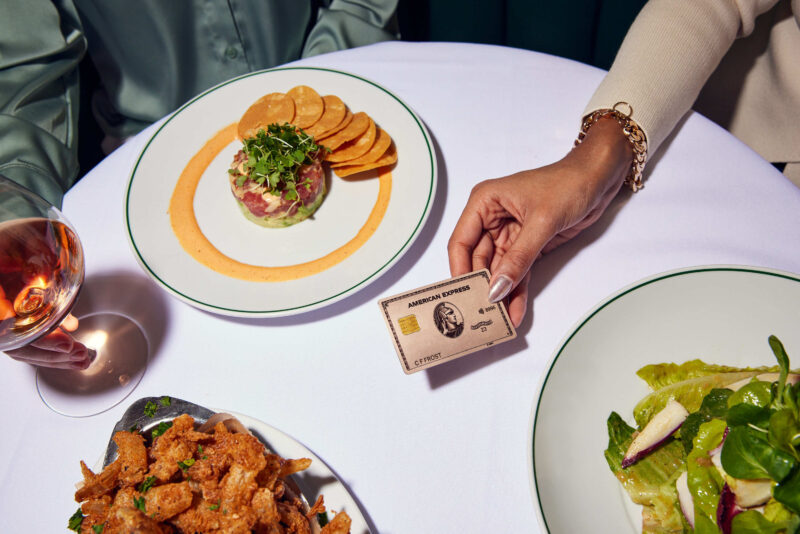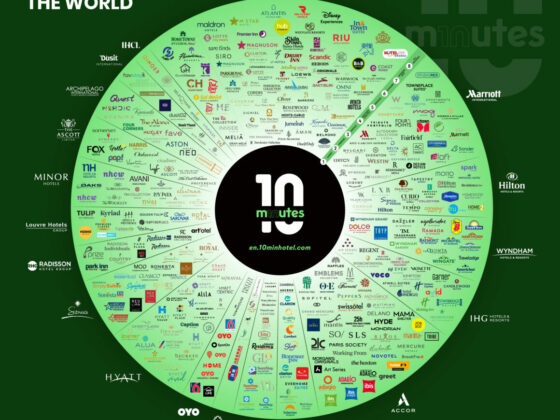
Scaling a business is easy to talk about, but rarely easy to do, especially when the ambition involves not only new markets, but also new cultures, regulations, and expectations. Over the past decade, I’ve had the opportunity to support the growth of a global hospitality group, closing over 150 transactions and entering more than 20 new markets across EMEA. Through that journey, I’ve learned that sustainable expansion isn’t about copying and pasting a playbook. It’s about designing a framework flexible enough to adapt – yet rigorous enough to scale.
Today, I want to share the four-part framework that allowed us to grow with both pace and purpose, and more importantly, how that model can be repeated by any organization committed to balancing scale with sensitivity, fairness, and long-term alignment.
1. Build a Trust-Based Growth Engine
No amount of strategy matters if people don’t trust you to execute. In many of the markets we entered, from Dubai to Casablanca or Istanbul, the deal was only signed after trust was built. That trust wasn’t a handshake; it was earned through consistency, cultural fluency, and the ability to speak not just the language of hospitality, but the language of ownership and investment.
We created a growth engine rooted in localized relationships but fueled by central clarity. This meant empowering our teams to become fluent in both brand standards and market realities, while also embedding trust and empathy as a key KPI.
Repeatability Tip: Institutionalize trust-building. Equip your teams with negotiation training, cultural onboarding, and flexible deal structures. Local partners aren’t looking for global giants, they’re looking for credible, committed allies.
2. Design for Modularity, Not Uniformity
One of the greatest myths in global expansion is that consistency requires uniformity. The opposite is true. Our success came from building modular systems: standards, design guidelines, operating models – that could be adapted without being diluted.
We focused on principles over rules. Rather than rigid specs, we gave partners clear value drivers and branding levers, enabling them to plug into our ecosystem without compromising local character or understanding each project’s limitations.
This modularity also extended to team structures. Central support is streamlined and scalable. Local champions are empowered, not micromanaged. And that balance is what allowed us to replicate success without stifling individuality.
Repeatability Tip: Treat your playbook as a toolkit, not a rulebook. Design with elasticity in mind, so every market can shape your brand without distorting it.
3. Strike Fair, Executable Deals that Leave a Lasting Impression
Sustainable growth isn’t just about how many deals you sign; it’s about how many deals actually materialize. One of the most overlooked lessons in expansion is the cost of wasted opportunity: time, energy, and reputation tied to deals that were never grounded in reality.
We made it a principle to walk away from transactions that looked good on paper but lacked substance in execution. No matter how attractive a pipeline may seem, inflated promises, political convenience, or local optimism without a foundation lead to disappointment and often damage the brand more than no deal at all.
Instead, we leaned heavily on due diligence, financial realism, and partner integrity. We structured deals around clear responsibilities, realistic timelines, and measurable mutual benefit. And we were never afraid to say no if alignment wasn’t there.
At the same time, we prioritized fairness not just in the outcome, but in the process. The experience of negotiating with us was part of our brand. We treated every engagement with professionalism, empathy, and transparency, ensuring that even if a deal didn’t close, the impression we left was one of respect.
Growth that’s aggressive but short-sighted is easy to spot and harder to unwind. We made a conscious choice to pursue not just deal volume, but deal quality. That meant structuring transactions where both sides could walk away with clarity, alignment, and the confidence that they weren’t just signing a contract, they were entering a shared journey.
Repeatability Tip: Be selective, not speculative. Build a culture that values the long game over vanity metrics. Design win-win deal structures with built-in transparency, dispute mechanisms, and performance logic. Remember: the experience of negotiating with you is your first proof of partnership. Make it count so only pursue what you can deliver and deliver what you commit to.
4. Operationalize Relevance as a Core Metric
Relevance doesn’t happen by chance: it must be engineered. In each market, we asked: What does relevance look like here? It might mean architecture that echoes local heritage or fits budget constraints. It might mean partnerships with third parties and outsourcing. Or it might mean adjusting development costs to align with market pricing realities.
But relevance isn’t just aesthetic, it’s strategic. It influences how we price, how we promote, and how we position ourselves in each city.
To manage this at scale, we created feedback loops between global strategy and local execution. Market insights flow both ways.
Repeatability Tip: Build adaptability into your model. Define market-specific KPIs and review them regularly to ensure strategies stay aligned with customer needs and cost realities. Act as the solution provider, engineering relevance through design, operations, and development choices that are practical, yet locally relevant and adjusted for each occasion.
Looking Ahead: Growth in the Age of AI
Reflecting on what drove our past growth, I’m equally focused on what will make future growth meaningful. AI will push every operator and strategist to rethink what can be automated and what must remain deeply human.
My view? The companies that thrive will blend precision with perception. They’ll leverage AI to scale intelligence while preserving human intuition at the point of impact. They’ll move fast but stay rooted in context. Most importantly, they’ll treat every partner, every deal, and every market not as a number, but as a long-term relationship.
That approach is how you close 150 deals. How you enter 20+ markets. And, above all, how you earn the right to stay.









